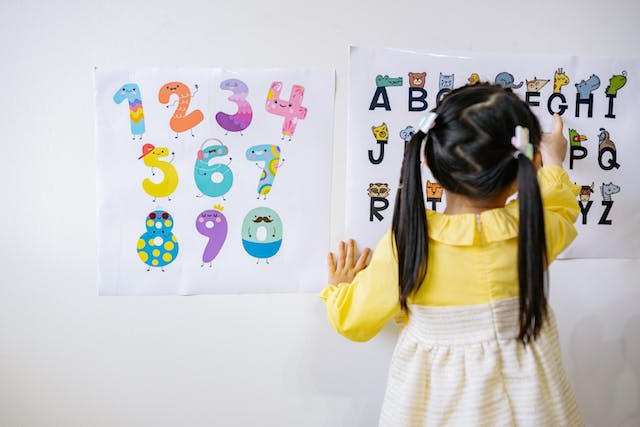Introduction:
As an experienced doctor in a reputed hospital, I understand the crucial role language
development plays in a child’s overall growth.
In this article, we will explore the language milestones that parents and caregivers can
observe in babies up to 3 years of age.
The First Year: Foundations of Communication
In the initial months, babies communicate through cries and coos.
By the end of the first year, they typically:
Babble: Experimenting with sounds, babies start babbling around 6 months.
Recognise Familiar Voices: Infants often respond to familiar voices, indicating early
social communication.
12 to 24 Months: Building Vocabulary
As toddlers transition into their second year, language milestones become more distinct:
First Words: Around 12-18 months, babies may utter their first words, often simple and
related to their immediate environment.
Combining Words: Towards the end of the second year, children may start combining
words, forming basic sentences.
Understanding Simple Commands:
Responding to simple instructions showcases comprehension skills.
2 to 3 Years: Language Flourishes
The third year marks a significant leap in language development:
Expanding Vocabulary: Toddlers rapidly acquire new words, expanding their vocabulary.
Simple Questions: Children may start asking simple questions, demonstrating curiosity.
Storytelling: Some children exhibit early storytelling skills, linking events and ideas.
Tips for Encouraging Language Development:
Read Aloud: Engage your child with age-appropriate books to foster a love for language.
Encourage Interaction: Respond to your baby’s babbling and encourage back-and-forth
communication.
Provide a Rich Language Environment: Surround your child with a variety of words and
experiences to stimulate language development.
When to Seek Professional Guidance:
While every child develops at their own pace, it’s essential to be aware of potential red
flags:
Limited or No Babbling by 12 Months
Lack of Gestures or Pointing by 18 Months
Limited Vocabulary Expansion After 24 Months
Conclusion:
Understanding language milestones is crucial for parents and caregivers to
support a child’s healthy development.
As an experienced doctor, I encourage regular interaction, a rich language environment,
and awareness of potential concerns.
Monitoring these milestones can contribute to early intervention if needed, ensuring each
child reaches their full linguistic potential.











